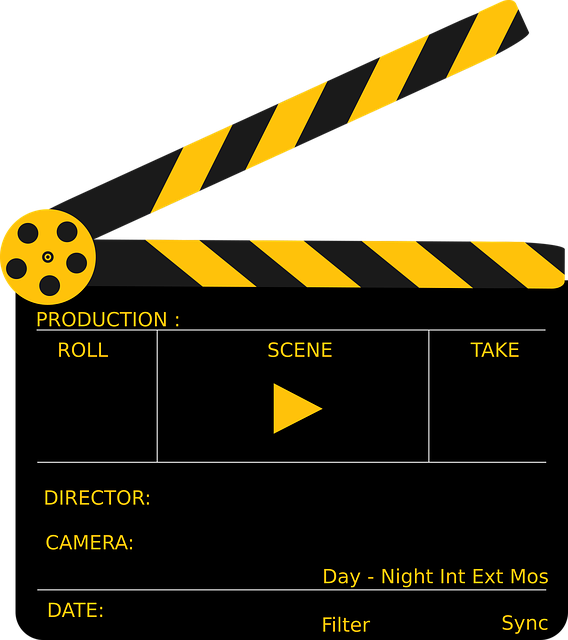How can you write more captivating, impactful, and well-structured scenes?
In this episode, we’ll define what a scene is (and what it isn’t). We’ll talk about the difference between scenes and chapters, and why I recommend you focus on scenes before you structure your book into chapters.
And then I’ll break down 5 essential elements that make a scene.
Download as an MP3 by right-clicking here and choosing “save as.”
Episode at a glance:
[03:25] What is a scene?
A scene is a distinct self contained unit of story that takes place within a specific setting and timeframe. It focuses on one particular event, interaction, or development involving your characters.
[05:34] What’s the difference between scenes and chapters? And why do I recommend writing in scenes rather than chapters?
Scenes and chapters have two distinct functions. Learn the difference, and a useful way to organize chapters.
[08:58] Learn what a scene is not and why balancing scene with different narrative elements creates a richer, more captivating reader experience.
[11:21] 1. Action
Action can be big or small, intense or quiet. It’s what drives the momentum of the scene and immerses your reader into the lives of your characters.
[13:14] 2. Single point of view
Even if you’re writing in third person, even if you have multiple points of view in your story, we’re seeing the action unfold in real time through one character’s viewpoint in the scene.
[14:03] 3. Intention
Your point of view character comes into the scene wanting something. What’s the most immediate desire of the point of view character in this scene? Will she achieve what he/she wants or not?
[15:32] 4. New information
This could be a new insight, a revelation or another piece of the plot. Each scene should reveal at least one new piece of information so that both character and reader learn something new.
[17:04] 5. Arc of change
Your character comes into the scene believing one thing or expecting some kind of outcome. And he leaves the scene either getting what he wants or not. At the end, it’s either going to be a win or a loss for him. So there’s a beginning, middle and end.
[18:29] Listen to me break down a scene from Tom Perrotta’s novel, Little Children, illustrating each of these 5 elements.
Link mentioned in this episode:
Little Children by Tom Perrotta
Rate, Review, and Follow on Apple Podcasts.
“I love Writer Unleashed!” If that sounds like you, please consider rating and reviewing my show. This helps me support more writers — just like you —to bring the story burning in their imagination onto the page. Click here, scroll to the bottom, tap to rate with five stars, and select “Write a Review.” Then be sure to let me know what you loved most about the episode!
Also, if you haven’t done so already, follow the podcast. It’s chock full of writing tips and inspiration every Tuesday. Follow now!

